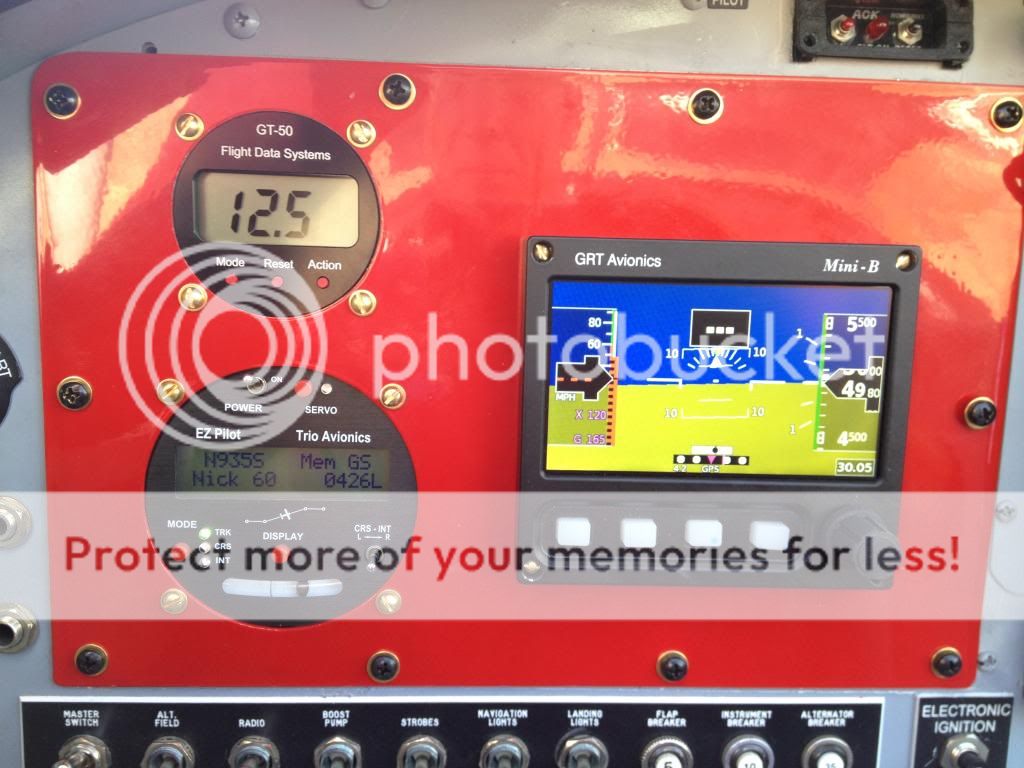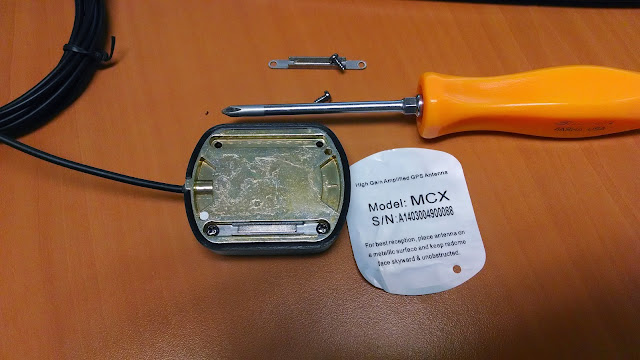It depends, as you say ...
Any others get their mini X yet ? I know I'm close but it's harder to wait at the end.

This question will vary a lot DOE but how long are you guys taking to install this thing ?
It can be done in a day or less than an hour ... depends.
If you want to get it done the fastest, consider checking to see of you can get the harness for the magnetometer early. Then run that wiring and make the mounting mechanism for the box. The box is the same "standard little box" that GRT uses for a lot of stuff, BUT the connector on the Mini Mag is different (reverse sex of the standard magnetometer.)
<<This work is the largest time consumer.>>
Then if your plane is not flying already cut the hole in the panel and mount #4 (yes number FOUR) plate nuts. Suggest hex head socket screws.
<<This is probably second longest, unless you get someone like Stein to cut your panel in advance.

>>
If you don't have any and need them in a pinch, ACE Hardware probably has some (black anodized).
Make available power and ground wires for connection when device received.
<<Probably already available.>>
Make available a "T" for Pitot and Static.
If/when the above is done, it can easily be done in about 30 minutes.
If not, it *can* take a day. Interruptions, breaks for lunch, head scratching, putting plane back together etc.

Interdisplay, autopilot etc connections and setup will add to the time.






